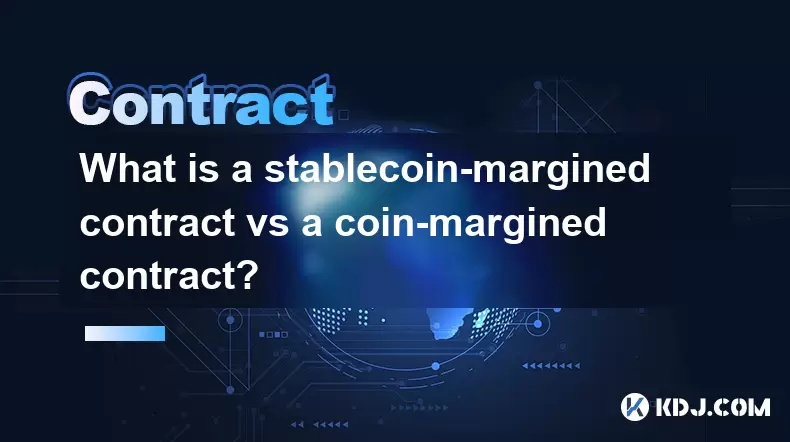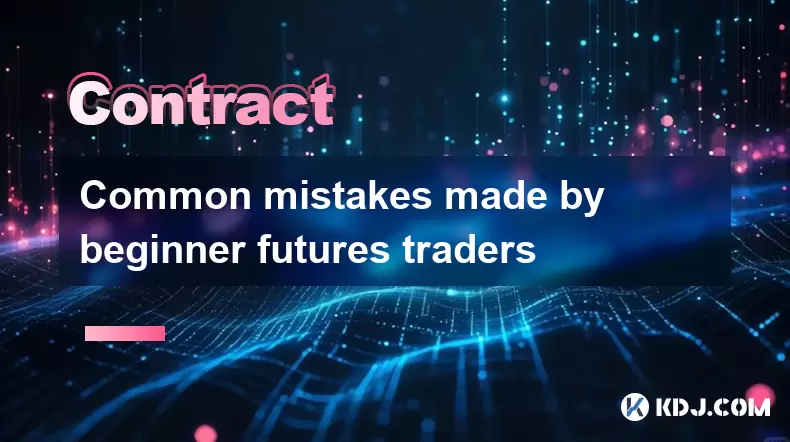-
 Bitcoin
Bitcoin $120400
1.77% -
 Ethereum
Ethereum $3615
7.90% -
 XRP
XRP $3.580
17.84% -
 Tether USDt
Tether USDt $1.001
0.06% -
 BNB
BNB $729.4
1.25% -
 Solana
Solana $179.9
5.04% -
 USDC
USDC $0.0000
0.01% -
 Dogecoin
Dogecoin $0.2311
8.22% -
 TRON
TRON $0.3226
4.04% -
 Cardano
Cardano $0.8490
12.85% -
 Hyperliquid
Hyperliquid $46.45
0.72% -
 Stellar
Stellar $0.4913
8.54% -
 Sui
Sui $4.027
2.00% -
 Chainlink
Chainlink $18.51
11.67% -
 Hedera
Hedera $0.2818
21.51% -
 Avalanche
Avalanche $24.03
7.40% -
 Bitcoin Cash
Bitcoin Cash $508.5
2.90% -
 Shiba Inu
Shiba Inu $0.00001496
3.24% -
 UNUS SED LEO
UNUS SED LEO $8.961
1.83% -
 Toncoin
Toncoin $3.264
3.13% -
 Litecoin
Litecoin $104.6
8.15% -
 Polkadot
Polkadot $4.389
6.11% -
 Uniswap
Uniswap $9.924
10.63% -
 Monero
Monero $337.9
0.49% -
 Pepe
Pepe $0.00001376
2.79% -
 Bitget Token
Bitget Token $4.830
2.46% -
 Ethena USDe
Ethena USDe $1.001
0.05% -
 Dai
Dai $1.000
0.02% -
 Aave
Aave $325.2
1.66% -
 Bittensor
Bittensor $423.7
-0.85%
When will the leverage multiple adjustment take effect? Will the leverage change affect the existing position?
Leverage multiple adjustments in crypto trading take effect immediately upon announcement, impacting existing positions based on platform policies. Stay informed and adjust strategies accordingly.
Apr 28, 2025 at 02:36 am

Understanding Leverage Multiple Adjustments in Cryptocurrency Trading
In the realm of cryptocurrency trading, leverage is a powerful tool that allows traders to amplify their trading positions beyond their initial capital. However, adjustments to leverage multiples are a critical aspect that traders must understand thoroughly. This article delves into when leverage multiple adjustments take effect and whether these changes impact existing positions.
When Do Leverage Multiple Adjustments Take Effect?
Leverage multiple adjustments typically take effect immediately upon announcement by the trading platform. This immediate effect is crucial because it ensures that all traders operate under the same conditions, maintaining fairness and transparency in the market.
- Check the platform's announcement: Most trading platforms will issue a notice or an alert regarding any changes to leverage multiples. This notice will specify the exact time the adjustment will take effect.
- Monitor your trading interface: Some platforms will display a countdown or a notification within the trading interface itself, giving you a clear indication of when the change will occur.
- Set reminders: If you are actively trading, setting a reminder for the time of the adjustment can help you prepare for any necessary adjustments to your trading strategy.
Will the Leverage Change Affect Existing Positions?
The impact of a leverage change on existing positions varies depending on the trading platform's policies. Here's a detailed look at how different scenarios might unfold:
Scenario 1: Leverage Change Does Not Affect Existing Positions
In some cases, the leverage change will not affect existing positions. This means that any positions opened before the adjustment will continue to operate under the old leverage multiple.
- Verify platform policy: Check your trading platform's documentation or support section to confirm whether existing positions are insulated from leverage changes.
- Monitor position details: Even if the leverage remains the same for existing positions, it's essential to monitor your position details to ensure no unexpected changes occur.
Scenario 2: Leverage Change Affects Existing Positions
Conversely, some platforms may apply the new leverage multiple to existing positions. This can have significant implications for your trading strategy and risk management.
- Understand the implications: If the leverage is reduced, you may need to add more collateral to maintain your position. If it's increased, you might face higher potential losses.
- Adjust your strategy: Review your trading strategy and risk management plan to align with the new leverage conditions.
- Close and reopen positions: In some cases, it might be beneficial to close your existing positions and reopen them under the new leverage multiple to align with your updated strategy.
How to Prepare for Leverage Multiple Adjustments
Preparing for leverage multiple adjustments involves proactive planning and monitoring. Here are steps you can take to ensure you are ready for any changes:
- Stay informed: Regularly check your trading platform's announcements and news sections for any updates on leverage multiples.
- Review your trading strategy: Assess how changes in leverage might affect your current and future trades. Consider different scenarios and plan accordingly.
- Adjust your risk management: Ensure your risk management plan is robust enough to handle potential changes in leverage. This might include setting stop-loss orders or adjusting your position sizes.
- Communicate with your broker: If you have any doubts about how leverage changes will affect your positions, reach out to your trading platform's customer support for clarification.
The Importance of Understanding Leverage in Cryptocurrency Trading
Understanding leverage is crucial for any cryptocurrency trader. Leverage can significantly amplify both gains and losses, making it essential to grasp how adjustments to leverage multiples can impact your trading activities.
- Educate yourself: Take the time to learn about how leverage works and how it can be used effectively in your trading strategy.
- Use leverage responsibly: While leverage can increase potential profits, it also increases risk. Always trade within your risk tolerance and never use more leverage than you can afford to lose.
- Stay updated: The cryptocurrency market is dynamic, and trading platforms may change their leverage policies. Staying updated on these changes is vital for successful trading.
Practical Example of Leverage Multiple Adjustment
To illustrate how leverage multiple adjustments work, let's consider a practical example. Suppose you are trading on a platform that currently offers a leverage multiple of 100x for Bitcoin. You have an open position with a notional value of $10,000, and you've used $100 of your own capital.
- Announcement of leverage change: The platform announces that the leverage multiple for Bitcoin will be reduced to 50x, effective immediately.
- Impact on existing position: If the platform's policy is to apply the new leverage to existing positions, your position's notional value remains $10,000, but now you need $200 of your own capital to maintain it (since 50x leverage means you need 2% of the notional value as collateral).
- Action required: You must either add an additional $100 to your account or reduce your position size to comply with the new leverage requirements.
Frequently Asked Questions
Q1: Can I request a specific leverage multiple from my trading platform?
A1: Typically, trading platforms set leverage multiples based on their risk management policies and market conditions. While some platforms may offer customizable leverage options for certain products, most do not allow individual requests for specific leverage multiples.
Q2: How often do trading platforms adjust leverage multiples?
A2: The frequency of leverage multiple adjustments varies by platform and market conditions. Some platforms may adjust leverage multiples daily, while others might do so less frequently, such as weekly or monthly. It's important to stay informed through your platform's announcements.
Q3: What should I do if I disagree with a leverage multiple adjustment?
A3: If you disagree with a leverage multiple adjustment, you can reach out to your trading platform's customer support to express your concerns. However, most platforms will not reverse a leverage adjustment once it has been implemented. You may need to adjust your trading strategy or consider moving to a different platform that better aligns with your trading preferences.
Q4: Are there any warning signs that a leverage multiple adjustment might be coming?
A4: While there are no definitive warning signs, you can monitor market volatility, platform announcements, and regulatory changes that might influence leverage multiples. Additionally, staying active in trading communities and forums can provide insights into potential adjustments before they are officially announced.
Disclaimer:info@kdj.com
The information provided is not trading advice. kdj.com does not assume any responsibility for any investments made based on the information provided in this article. Cryptocurrencies are highly volatile and it is highly recommended that you invest with caution after thorough research!
If you believe that the content used on this website infringes your copyright, please contact us immediately (info@kdj.com) and we will delete it promptly.
- Bitcoin Whale's $9.6B Galaxy Digital Move: Profit-Taking or Strategic Play?
- 2025-07-18 14:30:12
- Alchemy Pay, Crypto-Finance, and Hong Kong: A Budding Hub?
- 2025-07-18 14:30:12
- Dave Portnoy's XRP Regret: A Crypto Dump Disaster?
- 2025-07-18 15:10:12
- XRP Price Surges to 7-Year High: Expert Predictions and Market Analysis
- 2025-07-18 15:10:12
- Crypto Market Cap Nears $4T: Can It Rival the Biggest Companies?
- 2025-07-18 14:50:12
- Binners Alpha, TrutaAI, Andken ERA: A New Era?
- 2025-07-18 14:50:12
Related knowledge

What is a stablecoin-margined contract vs a coin-margined contract?
Jul 15,2025 at 06:36pm
Understanding the Difference Between Stablecoin-Margined Contracts and Coin-Margined ContractsIn the world of cryptocurrency derivatives, margin plays...

How to analyze volume profile for Bitcoin futures?
Jul 17,2025 at 01:21am
Understanding Volume Profile in Bitcoin Futures TradingVolume profile is a crucial analytical tool used by traders to assess the distribution of tradi...

How to backtest a Bitcoin futures trading strategy?
Jul 15,2025 at 11:35am
Understanding Bitcoin Futures TradingBitcoin futures trading involves contracts to buy or sell Bitcoin at a predetermined price and date in the future...

Common mistakes made by beginner futures traders
Jul 17,2025 at 07:49am
Overleveraging Without Understanding the RisksOne of the most frequent mistakes made by beginner futures traders is overleveraging their positions. Fu...

Psychology of trading Bitcoin contracts
Jul 13,2025 at 02:50am
Understanding the Emotional Rollercoaster of Bitcoin Futures TradingBitcoin contract trading, especially in the form of futures, introduces a high lev...

How to build a trading plan for Bitcoin futures?
Jul 17,2025 at 08:42am
Understanding Bitcoin Futures TradingBitcoin futures are derivative contracts that allow traders to speculate on the future price of Bitcoin without o...

What is a stablecoin-margined contract vs a coin-margined contract?
Jul 15,2025 at 06:36pm
Understanding the Difference Between Stablecoin-Margined Contracts and Coin-Margined ContractsIn the world of cryptocurrency derivatives, margin plays...

How to analyze volume profile for Bitcoin futures?
Jul 17,2025 at 01:21am
Understanding Volume Profile in Bitcoin Futures TradingVolume profile is a crucial analytical tool used by traders to assess the distribution of tradi...

How to backtest a Bitcoin futures trading strategy?
Jul 15,2025 at 11:35am
Understanding Bitcoin Futures TradingBitcoin futures trading involves contracts to buy or sell Bitcoin at a predetermined price and date in the future...

Common mistakes made by beginner futures traders
Jul 17,2025 at 07:49am
Overleveraging Without Understanding the RisksOne of the most frequent mistakes made by beginner futures traders is overleveraging their positions. Fu...

Psychology of trading Bitcoin contracts
Jul 13,2025 at 02:50am
Understanding the Emotional Rollercoaster of Bitcoin Futures TradingBitcoin contract trading, especially in the form of futures, introduces a high lev...

How to build a trading plan for Bitcoin futures?
Jul 17,2025 at 08:42am
Understanding Bitcoin Futures TradingBitcoin futures are derivative contracts that allow traders to speculate on the future price of Bitcoin without o...
See all articles

























































































